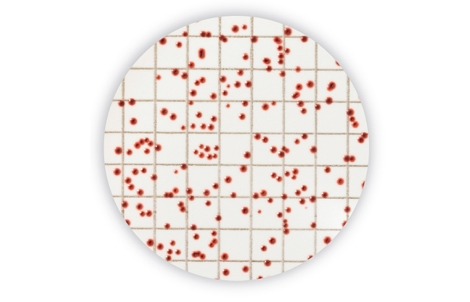
Description
Description
The presence of Enterococci is used as an indicator of bacterial contamination of water. Detection and enumeration is used to evaluate water quality.
Intended Use
Enterococci, as well as E. coli, are used to detect fecal contamination in many types of water samples, including fresh, marine, drinking, and waste.
Principle
In many regions, testing for Enterococci has replaced testing for total coliforms since they are thought to provide a more accurate assessment of the presence and level of human pathogens in water samples. Enterococcus is a major genus found in the feces of humans and animal. Furthermore, Enterococci are able to persist in the environment. Though most Enterococci are not pathogenic, there are several important pathogenic species.
Enterococci have a greater salt tolerance than coliforms; therefore, they are better indicators of fecal contamination than coliforms in marine waters. Additionally, there is evidence that levels of Enterococci are a better predictor than coliform levels for gastrointestinal illness after immersion in recreational bathing waters. Enterococci used to be within Group D Streptococci until they were classified into a separate genus.
Related Categories
- RAPID'Enterococcus Agar for Water Testing
- RAPID'E.coli 2 Agar for Water Testing
- Standard Media for Water Testing
- Fluorogenic Media for Water Testing
- XplOrer64™ System and CheckN'Safe™ Kits for real-time monitoring of recreation waters
Ordering
Ordering
items
Use the filters below to refine results!
Pkg of 20, prepared plates of BEA Agar, 90 mm diameter
500 g
Pkg of 6, 100 ml bottles of chromogenic selective medium
